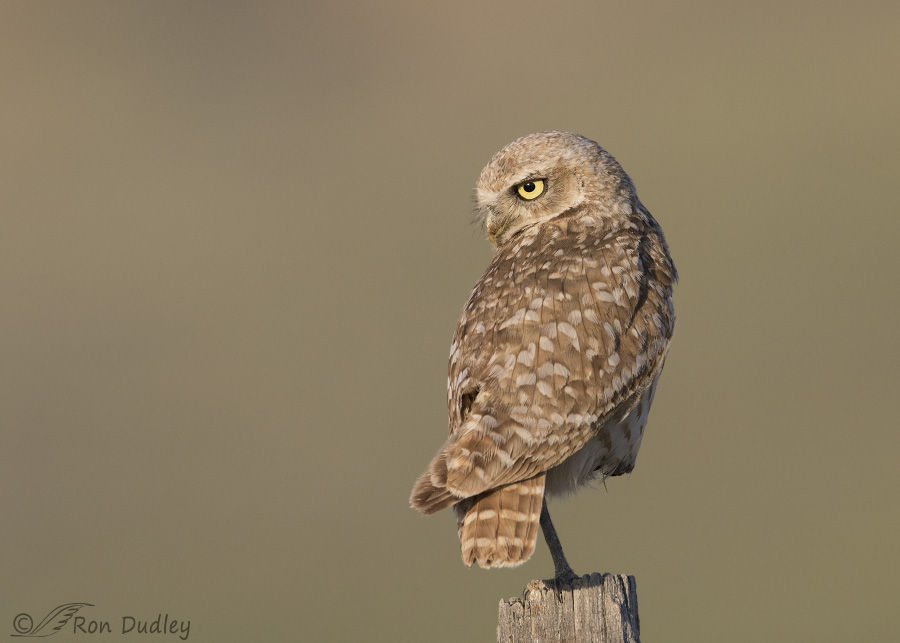Tag: territory
Attack Of The Shoveler
Most Northern Shovelers breed far north of my area (northern Utah) so I rarely get to see their intensely agonistic breeding behaviors but I’ve seen and photographed some of it in mid-June at Red Rock Lakes National Wildlife Refuge in sw Montana. Northern Shovelers are the most territorial of all dabbling ducks and the sexes remain paired longer than any other species. Both of these factors contribute to their aggressive natures. These three sequential shots don’t have great image quality but I do think they illustrate some interesting behavior. 1/2000, f/7.1, ISO 500, 500 f/4, 1.4 tc I’d been photographing Short-eared Owls from my pickup but was aware of some activity from shovelers in the marshy grasses nearby. A commotion got my attention just in time to see the male on the right fly in to attack another male on the water. The second bird saw the attack coming and decided that discretion was the better part of valor and rose from the water in a hasty retreat. I like the non-plussed look of the retreating bird. 1/2000, f/7.1, ISO 500, 500 f/4, 1.4 tc In this second image of the series it’s not clear if the open bill of the incoming bird is due to aggressive vocalization or an attempt to bite the other male. 1/2000, f/7.1, ISO 500, 500 f/4, 1.4 tc But in this last image I think it becomes obvious that the intent was to bite the retreating duck. Bird behaviors fascinate me. They’re often both interesting and entertaining but many of…
Rough-legged Hawk – Defensive Posture
Most birds are defensive of their territories and space and raptors are certainly no exception. Rough-legged Hawks and Northern Harriers both prey heavily on voles (mice-like rodents) so when a new bird of prey comes in to the established hunting territory of another there are often conflicts, with the established bird attempting to drive off the interloper to avoid competition for food resources. Rough-legged Hawk As I was photographing this Rough-legged hawk sitting peacefully in a tree I noted a definite change in its demeanor so I looked around and spotted a Northern Harrier speeding toward the hawk from my right. I anticipated that the harrier would “buzz” the roughie and since I was much too close to get both birds in the frame when it happened I decided to concentrate on the reaction of the hawk as the interaction occurred. I never did get the harrier in the frame in any of the shots. In the image above, the roughie hasn’t yet seen the harrier coming in (nor have I). The incoming Northern Harrier has been spotted When I noticed this posture change in the roughie I knew something was up, so I looked in the direction the bird was focused on and saw the harrier coming in fast. Beginning to react Here the hawk is beginning to react to the swift and aggressive approach of the harrier by beginning to fluff up. Defensive posture This shot was taken when the harrier, traveling very fast, was closest to the hawk – roughly three…


